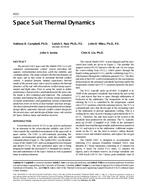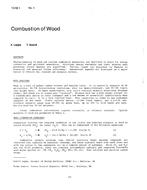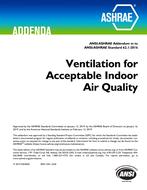Earth-air heat exchangers (EAHX) have the potential to reduce residential heating and cooling loads by pre-conditioning outside air through under soil pipes. Typical installations of EAHX occur in green space located adjacent to existing residences. However, during new construction these systems could be installed under the foundation with a minimum amount of additional excavation taking place. The following study compares the performance of both installation types located at a residence in Bozeman, Montana. The comparison indicates the soil temperature distribution and heat transfer mechanisms are different for each location. For a comprehensive comparison, the annual soil temperatures under the green space and foundation are modeled using an analytical and finite element method approach respectively. This is done for both a heating and cooling dominate climate. The results indicate the annual soil temperatures in the green space vary around the average annual surface temperature while under the foundation the temperatures are higher and relatively constant. It was concluded that for a heating dominate climate the under foundation installation results in higher annual soil temperatures, and thus greater energy savings through the heating season. Cooling dominated climates tend to benefit more from installations under the green space where soil temperatures are reduced during the winter months.
Citation: ASHRAE Papers CD: 2014 ASHRAE Winter Conference, New York, NY
Product Details
- Published:
- 2014
- Number of Pages:
- 8
- File Size:
- 1 file , 1.7 MB
- Product Code(s):
- D-NY-14-C081


